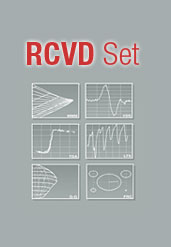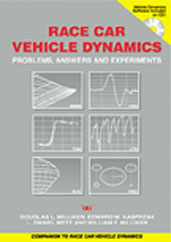Book

Race Car Vehicle Dynamics Book and Problems, Answers and Experiments Set
2003-05-01
This set includes: Race Car Vehicle Dynamics, Race Car Vehicle Dynamics - Problems, Answers and Experiments Purchase both the book and the workbook as a set and save!

